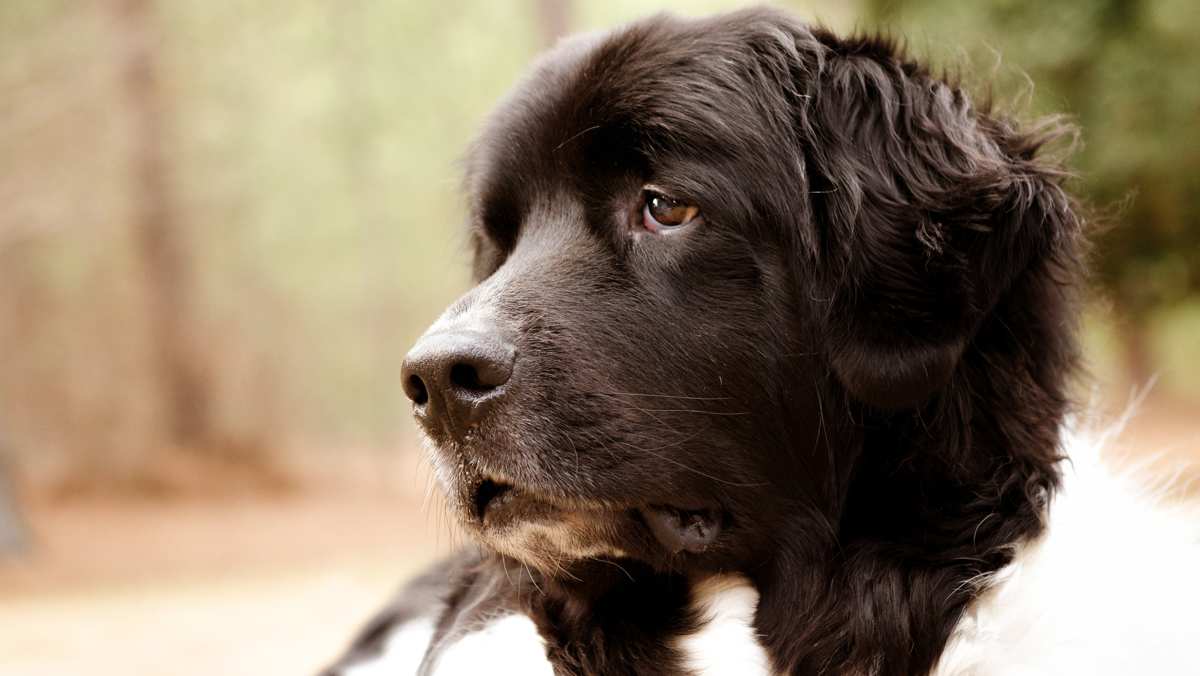Landseer Breed Details
Landseers are mountain dogs who are best suited for guardian roles, but they are also very comfortable as companion animals. Kids should have no problems, but very small children need to be supervised. Non-canine pets should pose no issues. These huge dogs are fine as a first dog, but the big deal is the big space that is ideal for them. While they can adapt superficially to apartment life or non-rural settings, they will need exercise to make up for it. Left to do as they wish, Landseers will lie around and quickly become obese.
Here are some things you should know should you choose to adopt one of these gargantuan dogs:
PROS
- Intelligent
- Very brave
- Loves kids
- Great guardian
- Extremely gentle
- Good watch dog
- Enjoys swimming
- Mild temperament
- High tolerance to cold weather
- Will not hesitate to protect family members
CONS
- Matures slowly
- Not hypoallergenic
- May be very messy
- Can be stubborn at times
- Significant grooming needs
- Coat blowout twice annually
- Low tolerance to hot weather
- Highly sensitive to voice commands
- Great amount of very serious health problems
- Can be slightly dog aggressive with other males
- Must be supervised to prevent over-exertion during early development
